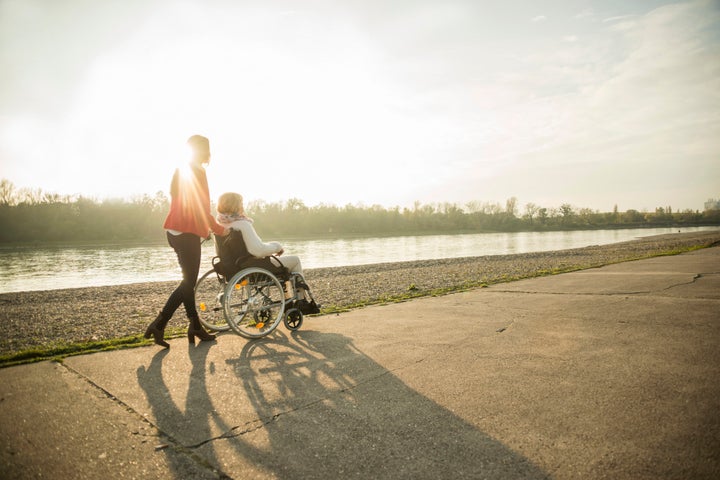Doctors believe they have found a way to reverse the long-term debilitating effects of stroke to give patients the ability to walk, move their arms and get back to normal life.
In a small clinical trial led by scientists at Stanford University School of Medicine, researchers injected modified, human, adult stem cells directly into the brains of chronic stroke patients.
The patients remained conscious under light anaesthesia throughout the procedure, which involved drilling a small hole through their skulls. They all went home the next day.
The trial found that the injections proved not only safe, but effective in restoring motor function.
“This wasn’t just, ‘they couldn’t move their thumb, and now they can,'" Professor Gary Steinberg, from the university, explained.
"Patients who were in wheelchairs are walking now."

For the trial, the investigators screened 379 patients and selected 18, whose average age was 61.
For most patients, at least a full year had passed since their stroke — well past the time when further recovery might be hoped for.
In each case, the stroke had taken place beneath the brain’s outermost layer, or cortex, and had severely affected motor function.
"Some patients couldn’t walk. Others couldn’t move their arm," Steinburg said.
Into these patients’ brains the neurosurgeons injected SB623 cells - stem cells derived from the bone marrow of two donors and then modified to beneficially alter the cells’ ability to restore neurologic function.
Although more than three-quarters of the trial participants reported suffering from temporary headaches after the procedure, the researchers said there were no side effects attributable to the stem cells themselves, and no life-threatening adverse effects linked to the procedure used to administer the injections.
SEE ALSO:
Take Aspirin 'Immediately' After Minor Stroke. Experts Urge
Woman Left Partially Paralysed After Contraceptive Pill Triggered Stroke
Sonia Olea Coontz, of Long Beach, California, was one of the patients involved in the trial.
Now 36, Coontz had a stroke in May 2011. She enrolled in the Stanford trial after finding out about it during an online search.
“My right arm wasn’t working at all,” said Coontz. “It felt like it was almost dead.
"My right leg worked, but not welI, I used a wheelchair a lot."
Before the trial Coontz walked with a noticeable limp, but this is not the case anymore.
“After my surgery, they woke up,” she said of her limbs.
Although the results are promising, Steinberg cautioned that further trials are needed to test the procedure.
“This was just a single trial and a small one," he said.
"It was designed primarily to test the procedure’s safety. But patients improved by several standard measures and their improvement was not only statistically significant, but clinically meaningful.
"Their ability to move around has recovered visibly. That’s unprecedented. At six months out from a stroke, you don’t expect to see any further recovery."
The study is published online in the journal 'Stroke'.